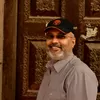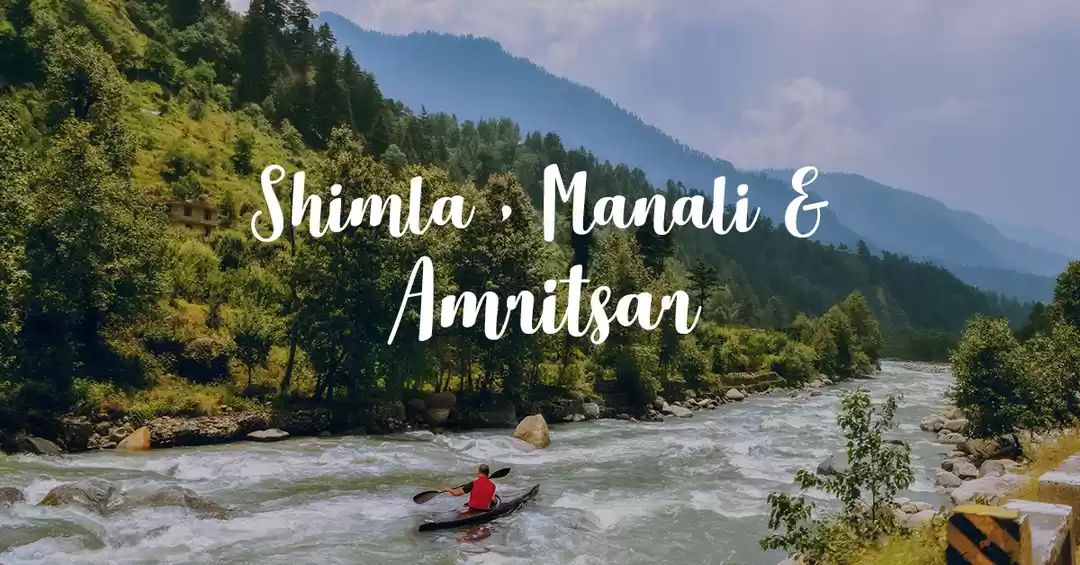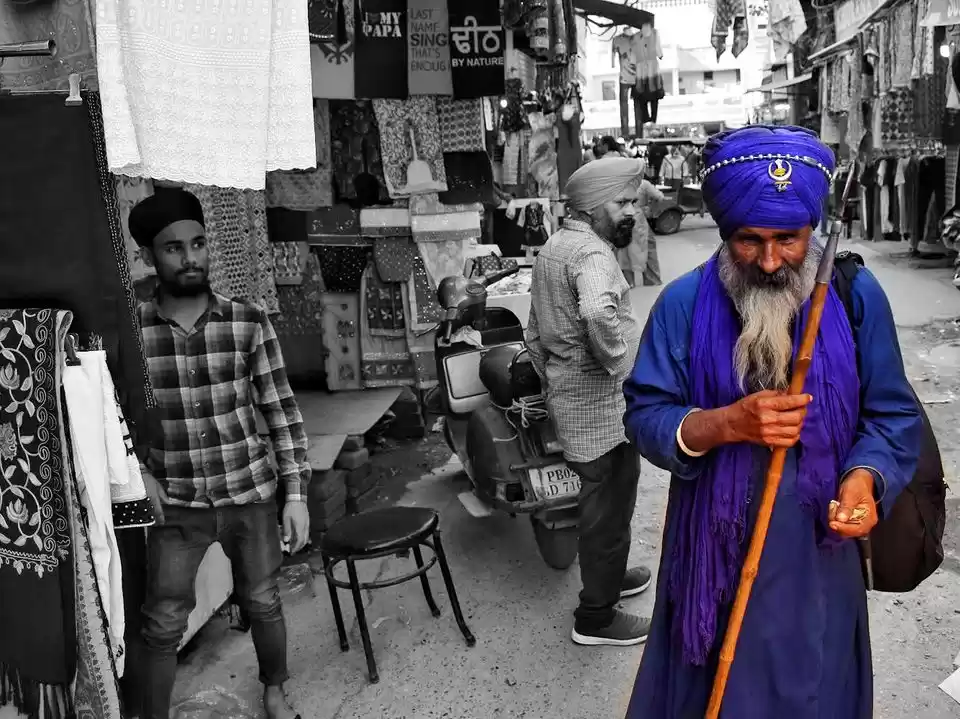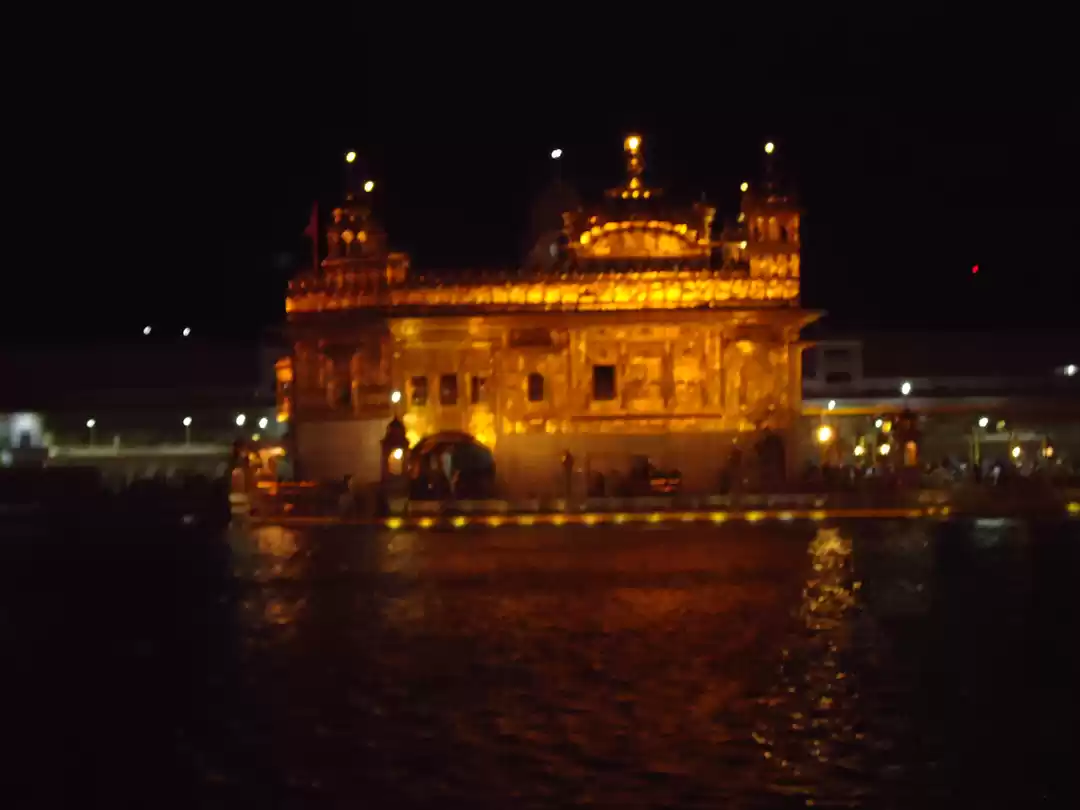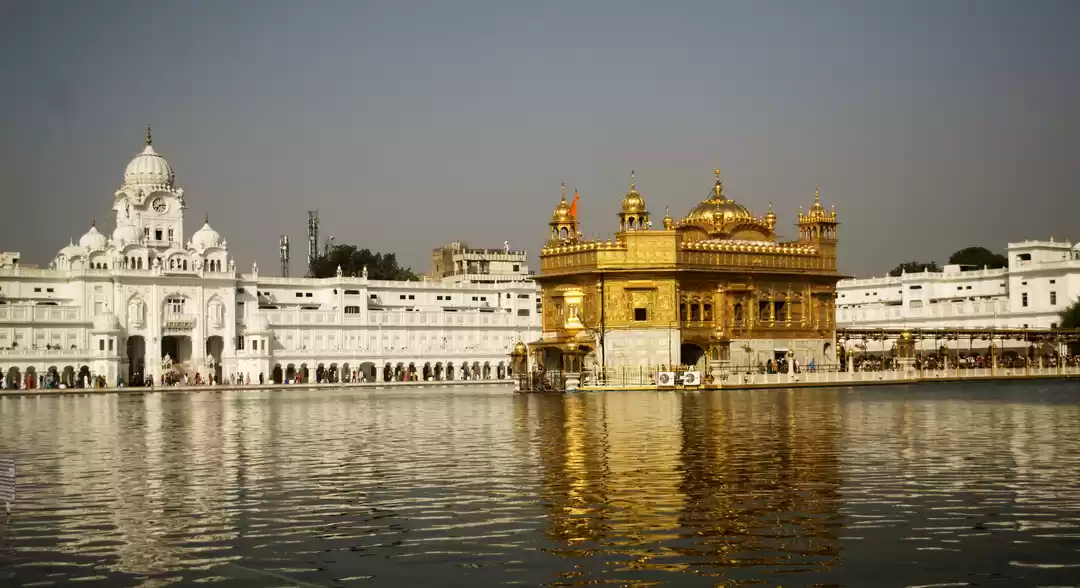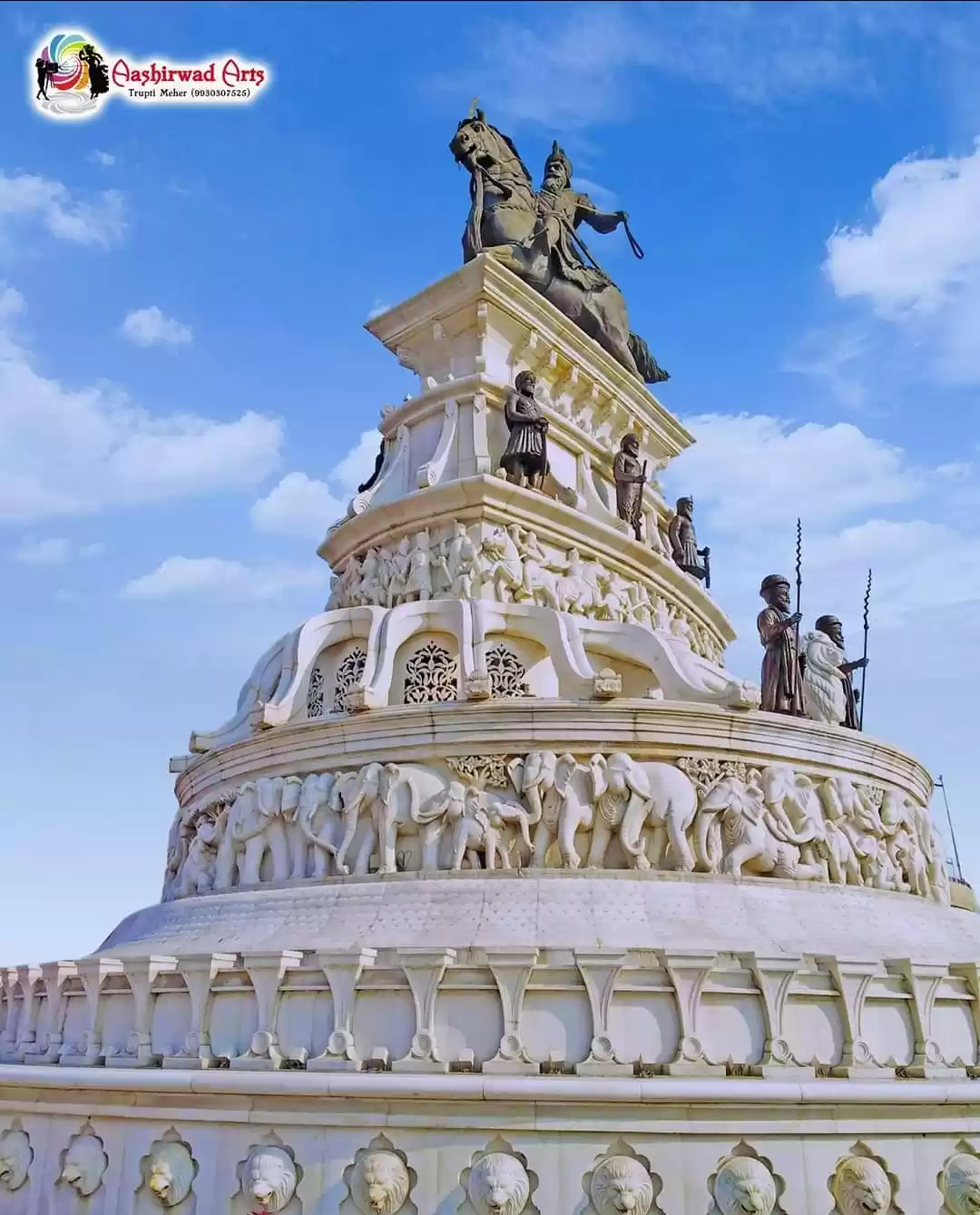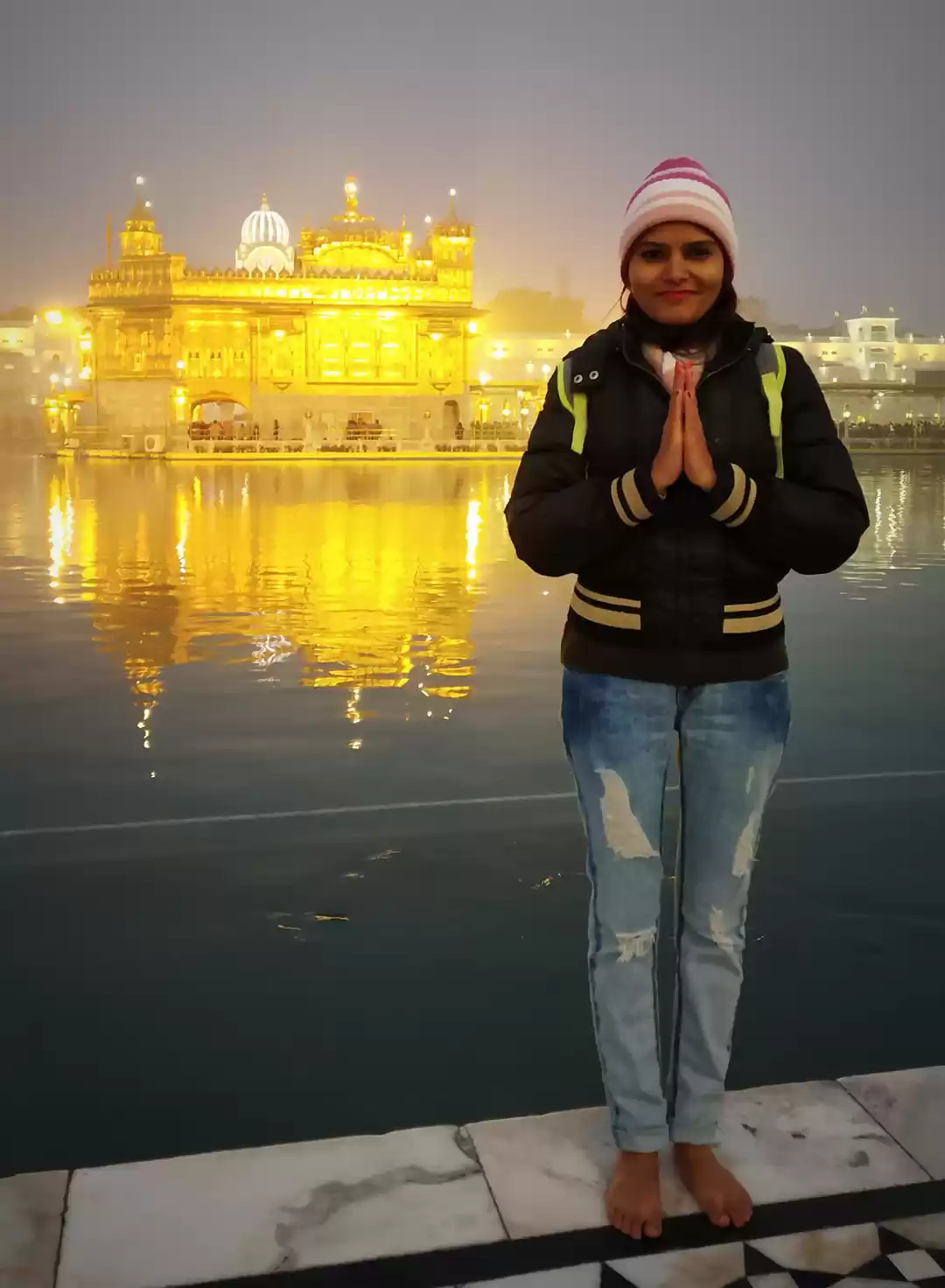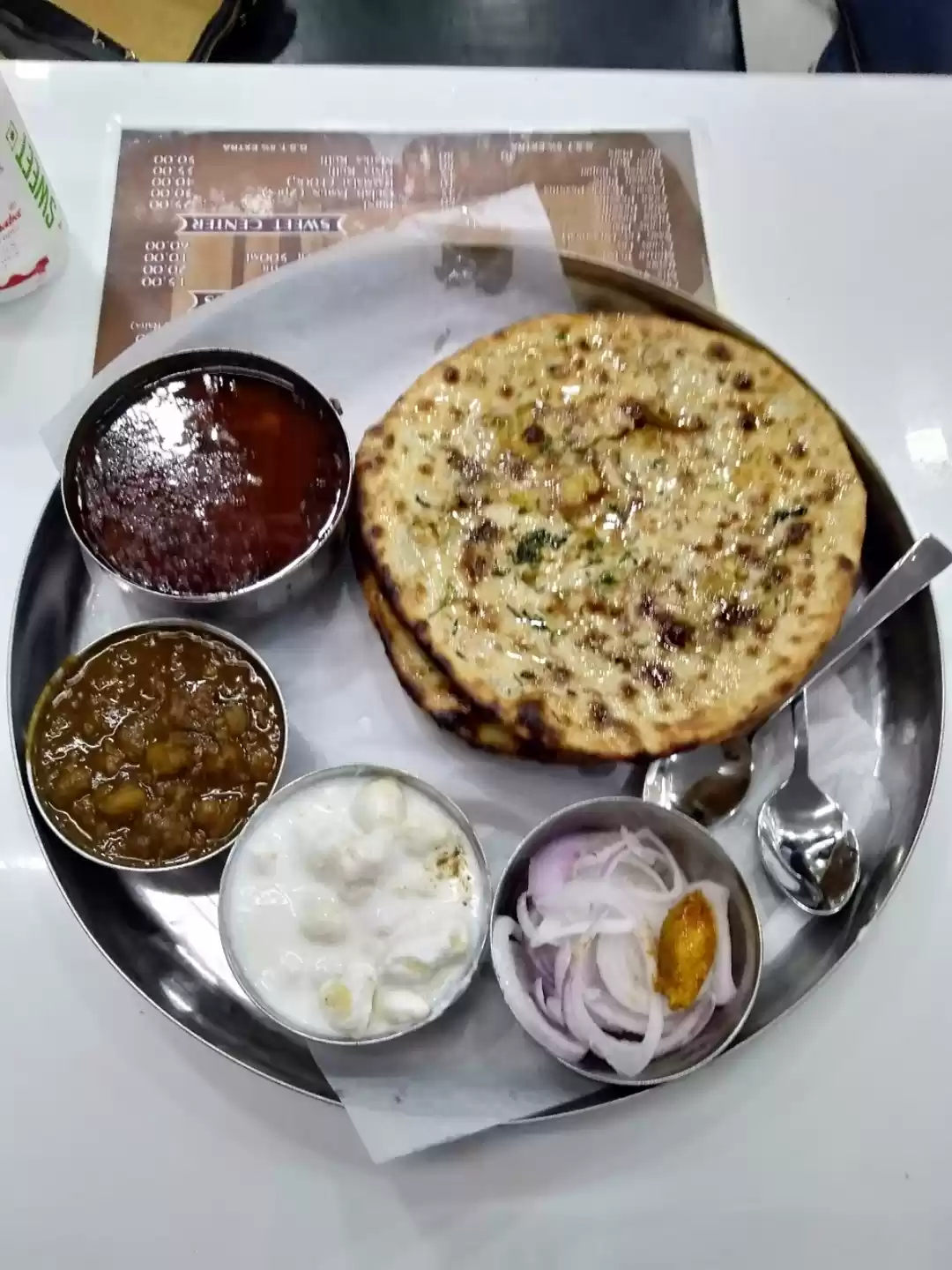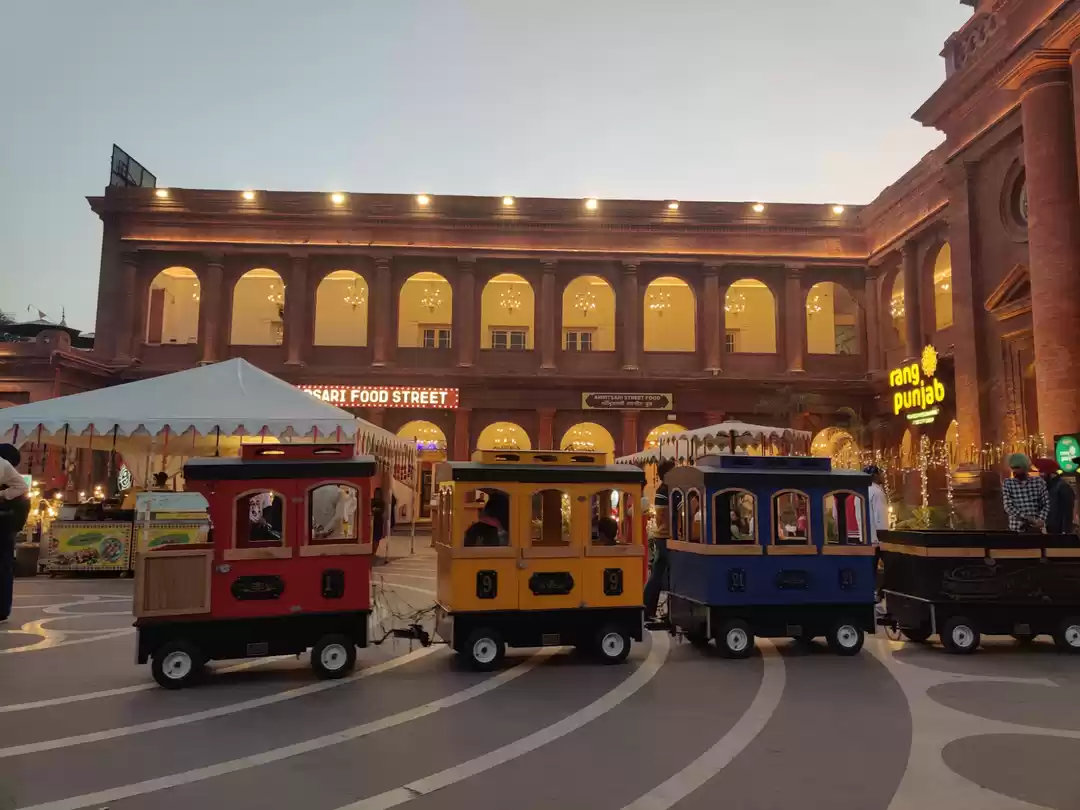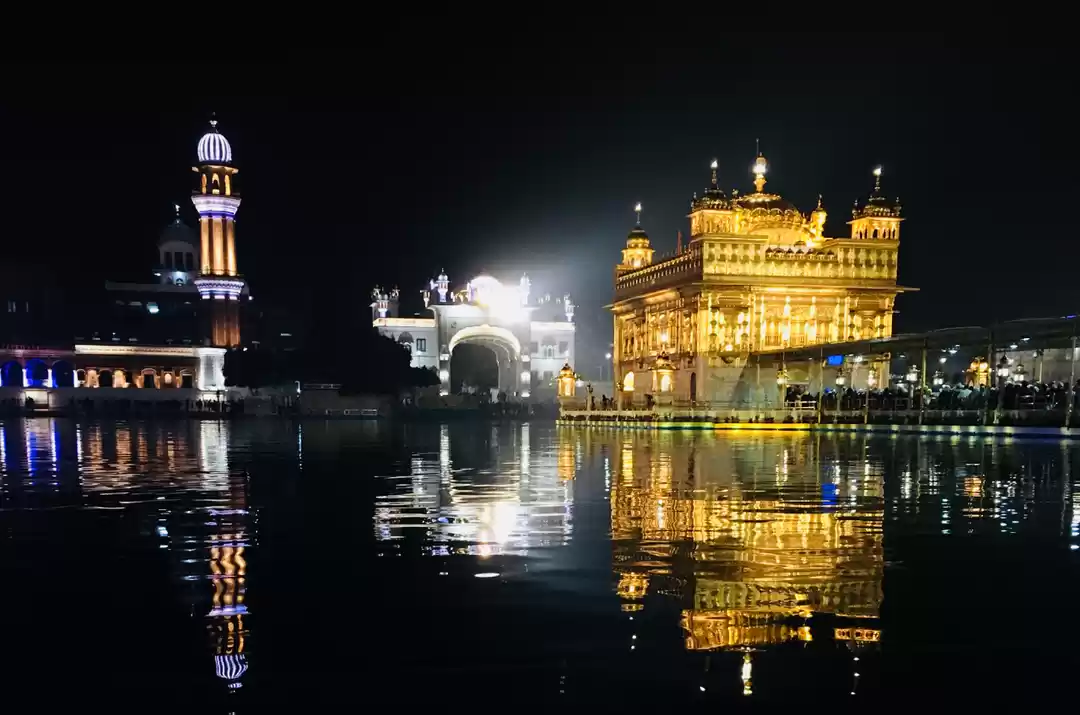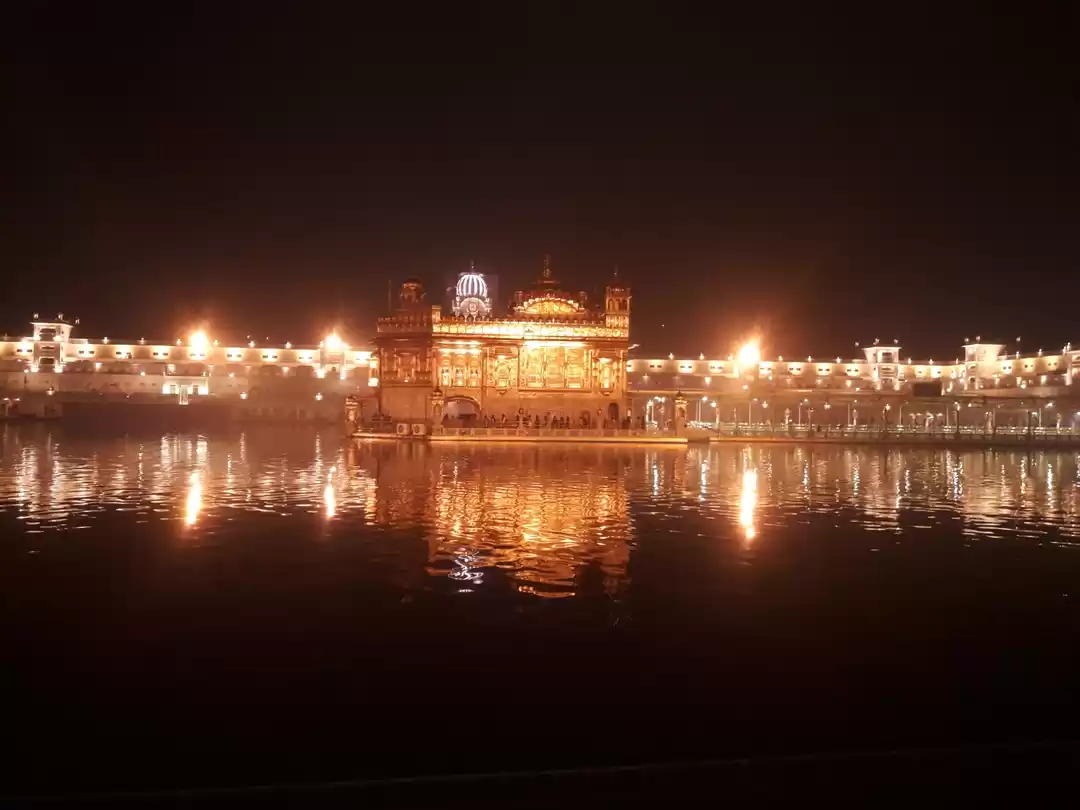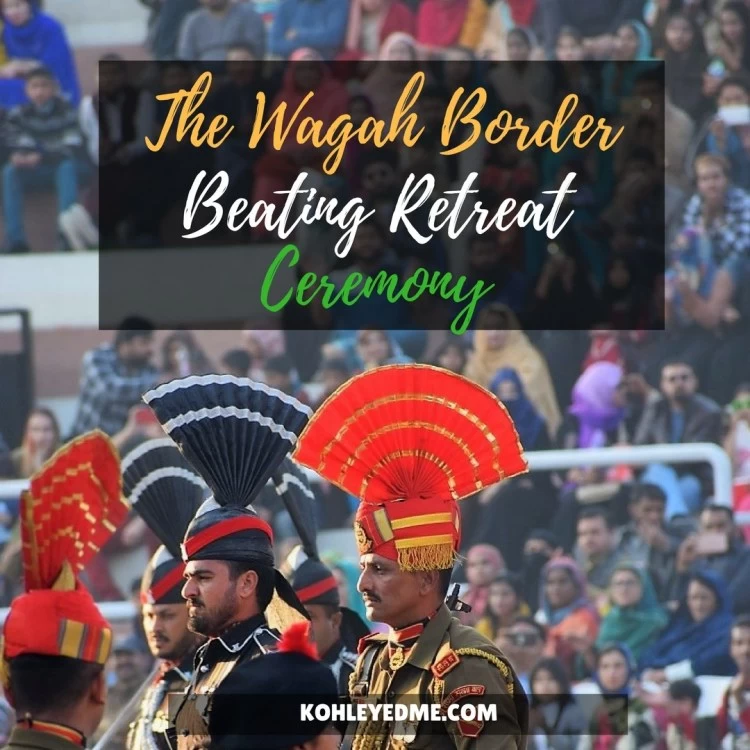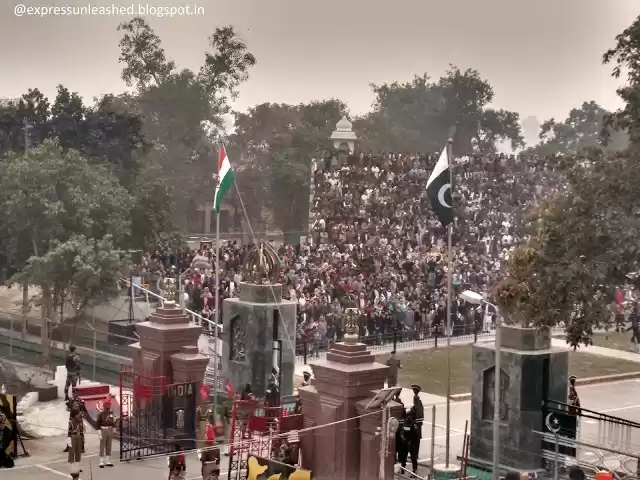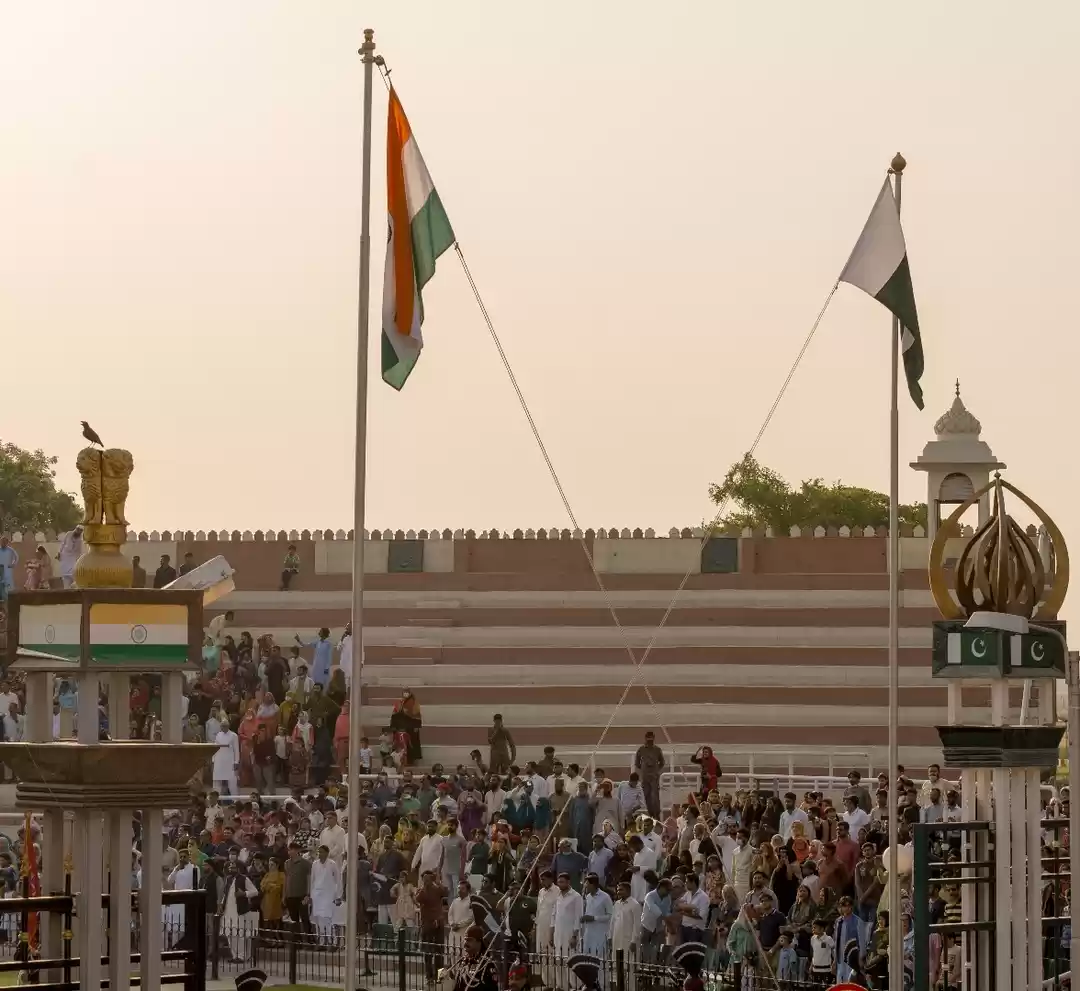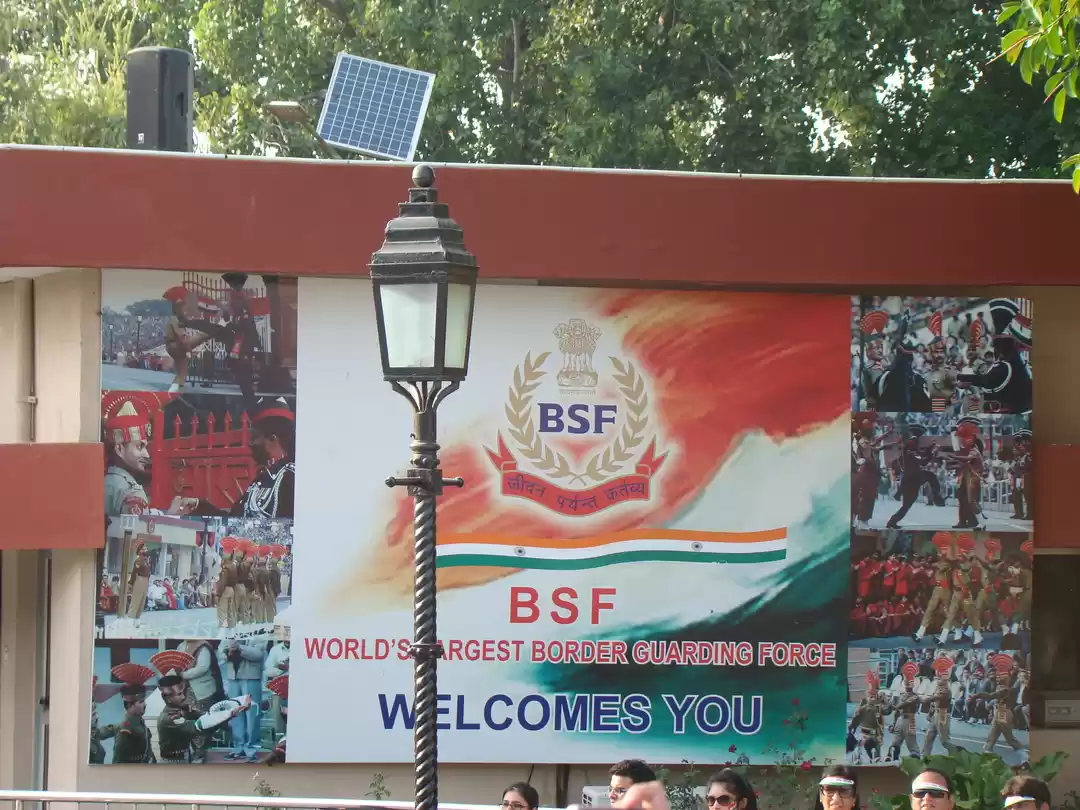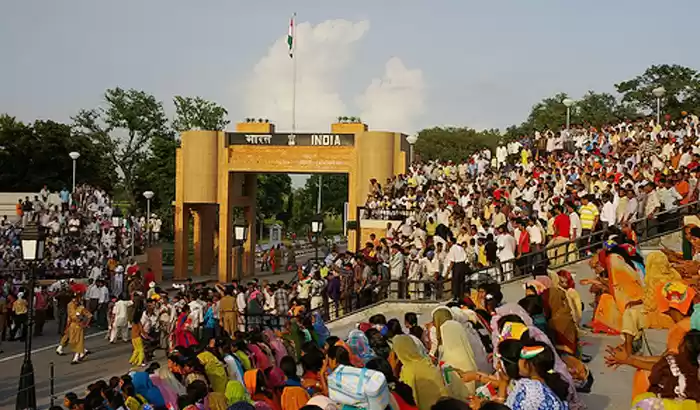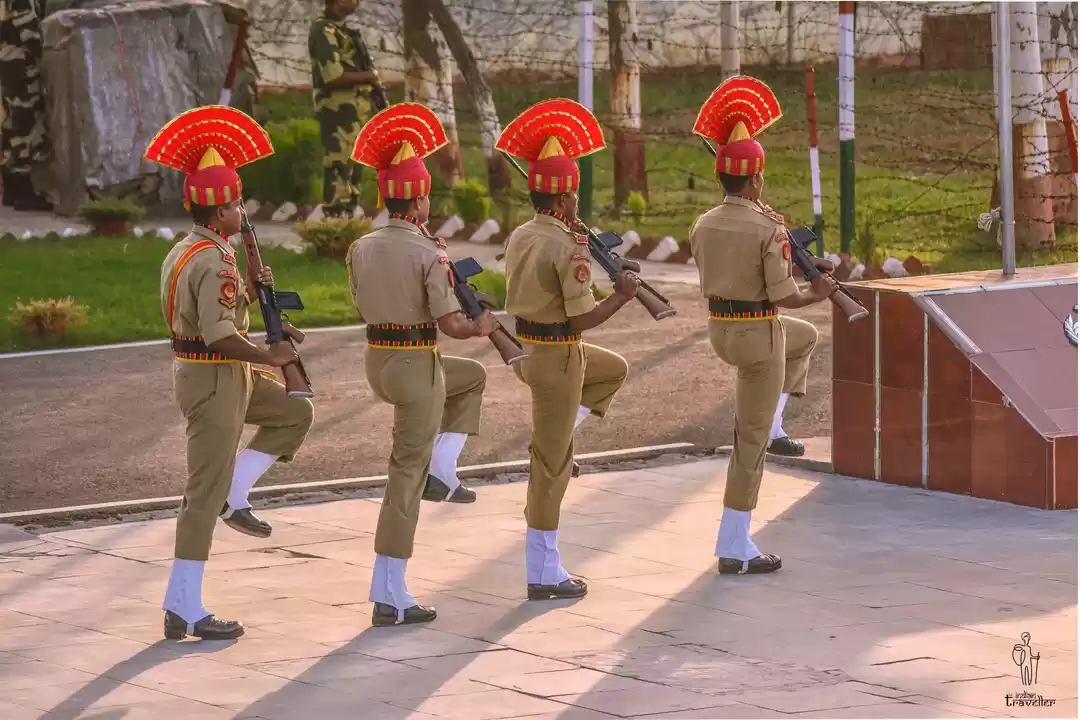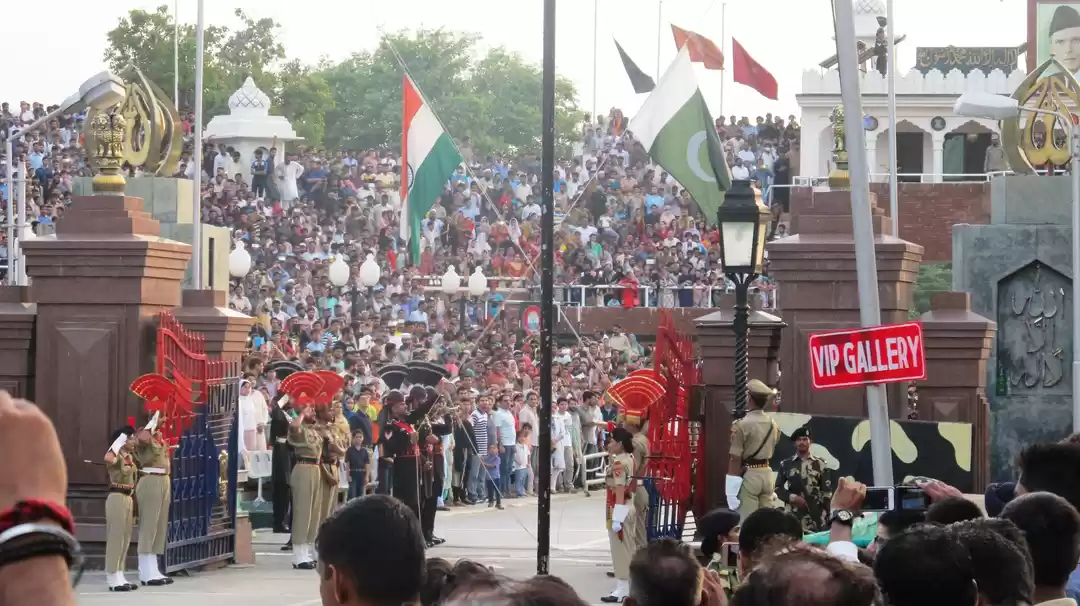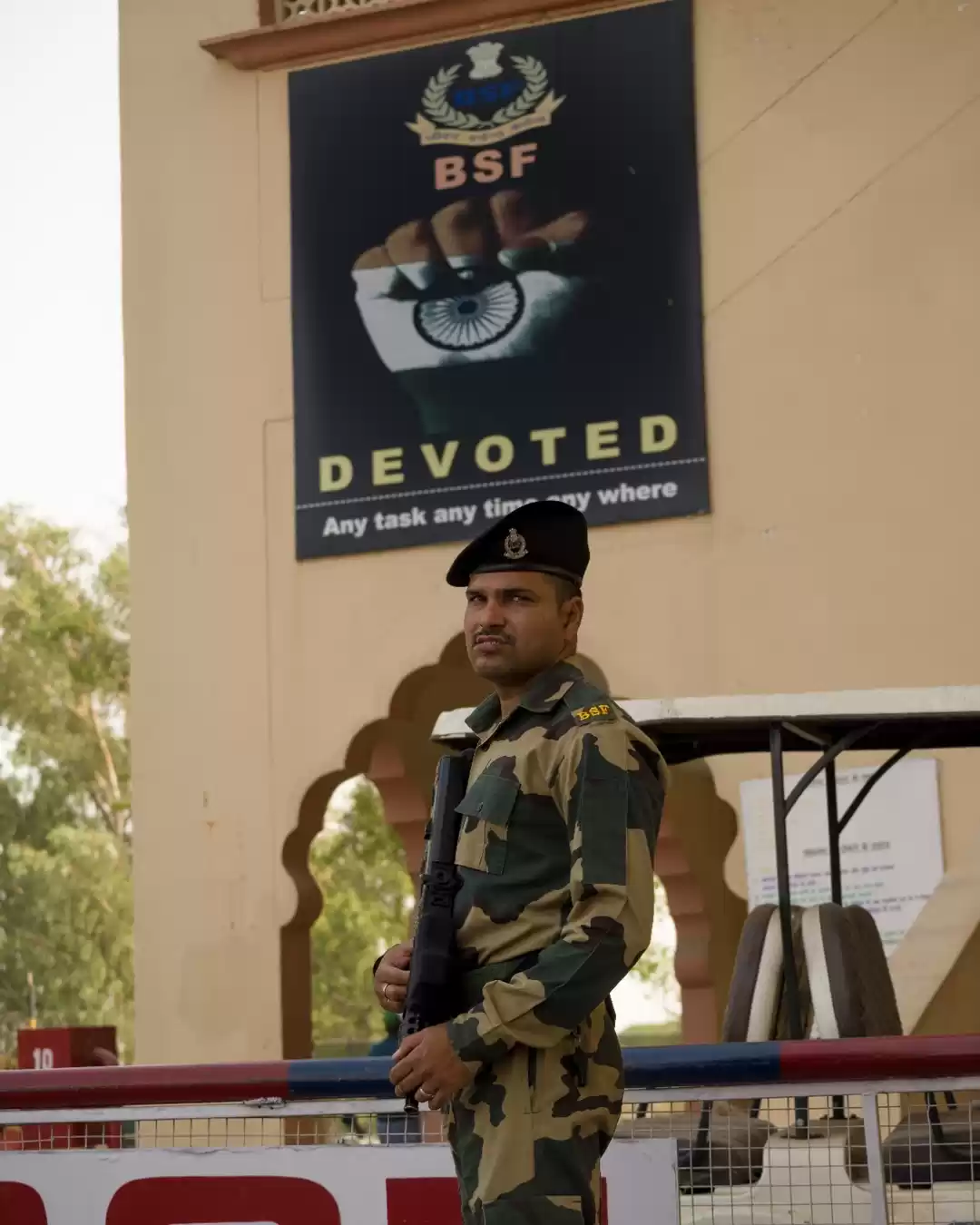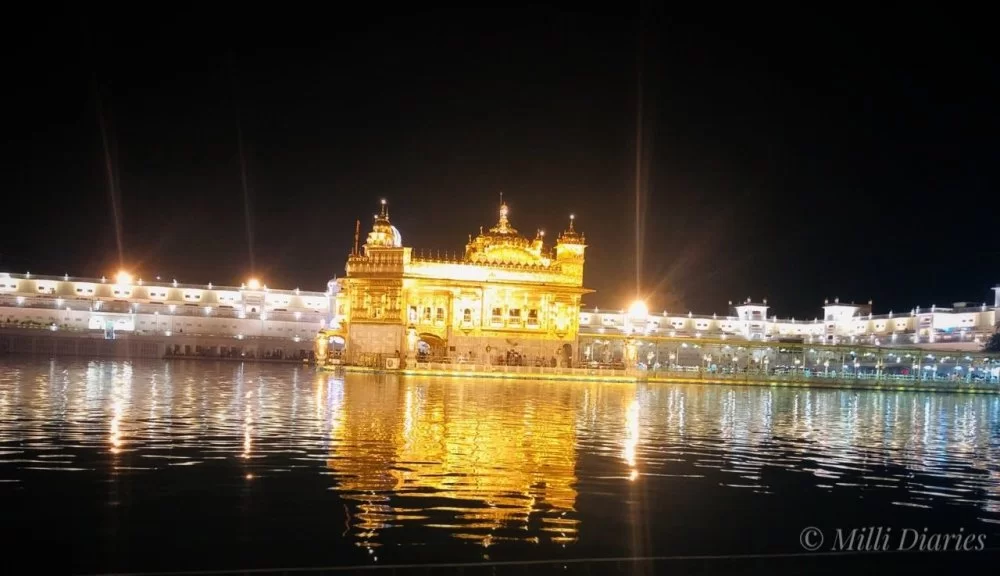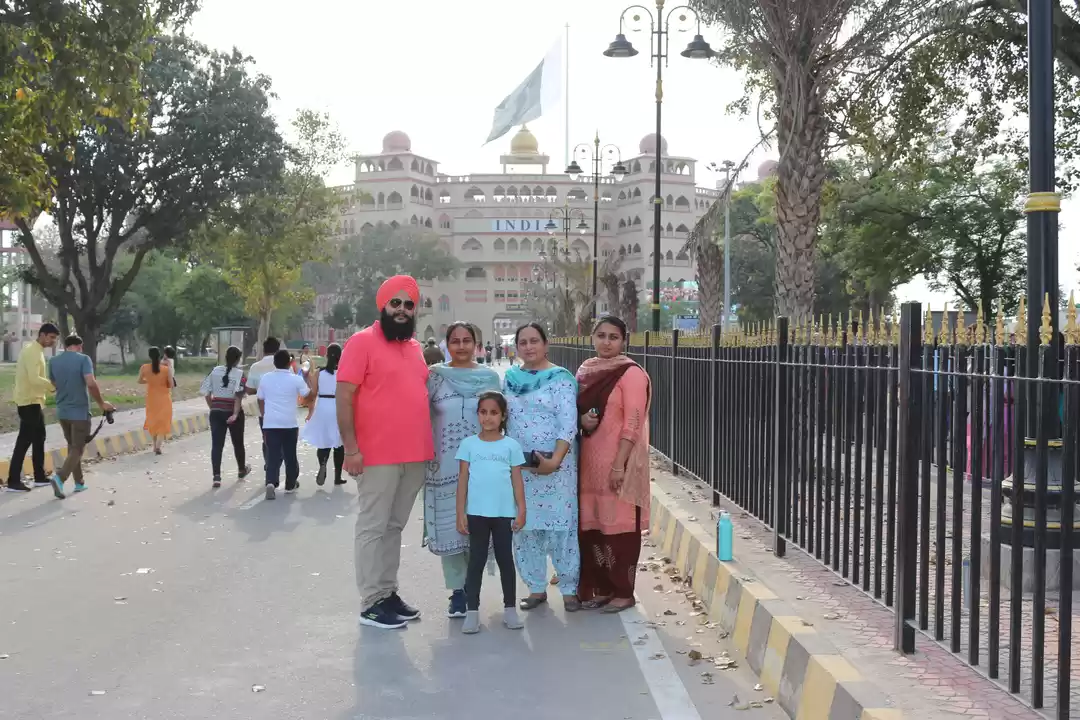





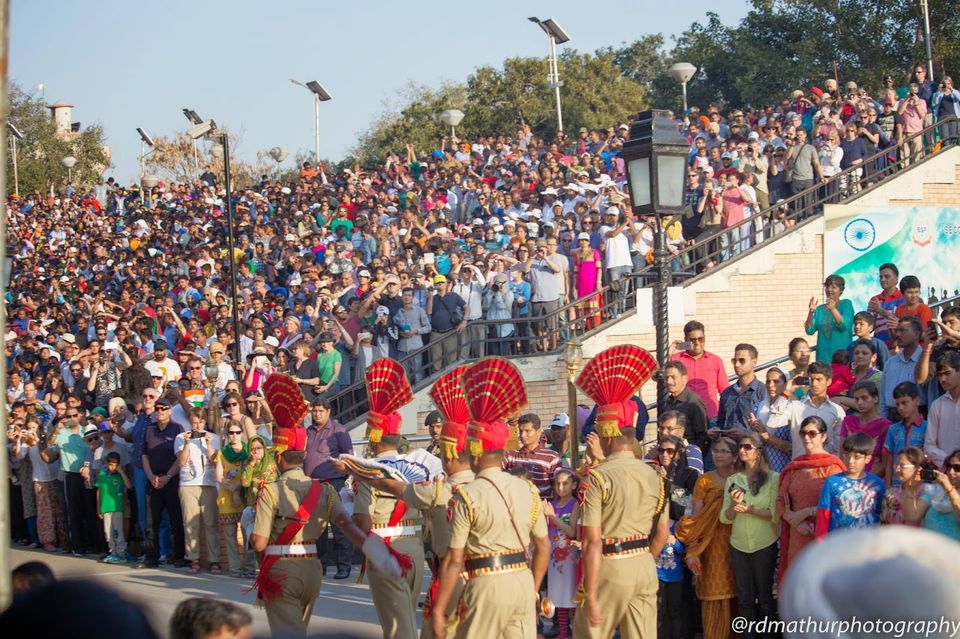


This was my fourth visit to the holy city of Amritsar and Wagah border. A lot of people (who have obviously not witnessed it) have asked me, "what is there to see at the border?" Actually nothing but the sheer thrill you witness while flags are raised and lowered is something to be felt and not described.
The daily ritual is followed by India and Pakistan in front of hundreds and thousands of citizens of both countries, with Indian side witnessing far great crowds. On weekends and holidays you can see a sea of humanity here.
The ceremony takes place every evening before sunset at the Wagah border, which as part of the Grand Trunk Road was the only road link between these two countries before the opening of the Aman Setu in Kashmir in 1999.
The ceremony starts with a blustering parade by the soldiers from both the sides, and ends up in the perfectly coordinated lowering of the two nations' flags. It is called the beating retreat border ceremony on the international level. One infantryman stands at attention on each side of the gate. As the sun sets, the iron gates at the border are opened and the two flags are lowered simultaneously. The flags are folded and the ceremony ends with a retreat that involves a brusque handshake between soldiers from either side, followed by the closing of the gates again. The spectacle of the ceremony attracts many visitors from both sides of the border, as well as international tourists. Both sides synchronize their parade and the entire event is meant to create a feel-good/patriotic fervor amongst the crowd. These days even BSF lady officers take part in this parade.The border gates have a visitor gallery on each side, basically concrete steps created around the border main road. This allows most people in the crowd to get a seat but it is not uncommon to see up to 500-1000 people standing at the periphery. There are metal fences to help direct and control the crowds in and out of the seating areas. Ideally, you should reach the border gates latest by 3:30 PM to get some seating if you're going on a public holiday.
The seating is as follows:
- VIP seating - closest to the gates and requires a special pass which can be made from the BSF station near the Amritsar bypass road a couple of days in advance.
- Foreign tourists - a section, after the VIP area, reserved for foreign nationals (passport has to be produced). Foreigners of both sexes are kept together in the same area after going through the separated security lines.
- Ladies exclusive - only ladies, and small children are allowed. A little further from the gates (about 80m away)
- General seating - tends to get very crowded and congested during rush days.
Except Cell phones, Cameras (any kind) and small wallets no covered bags (including ladies purses & handbags) are allowed inside the visitor areas. The restrictions are usually dependent on the crowd and perceived security alertness on that day.
For tourists coming in to see the ceremony, the taxis/cars need to be parked about 500m away from the entry gates to the border area and you need to walk in and reach the visitor gallery. There are no tickets to see this event, it is free for viewing for anyone on the Indian side.

